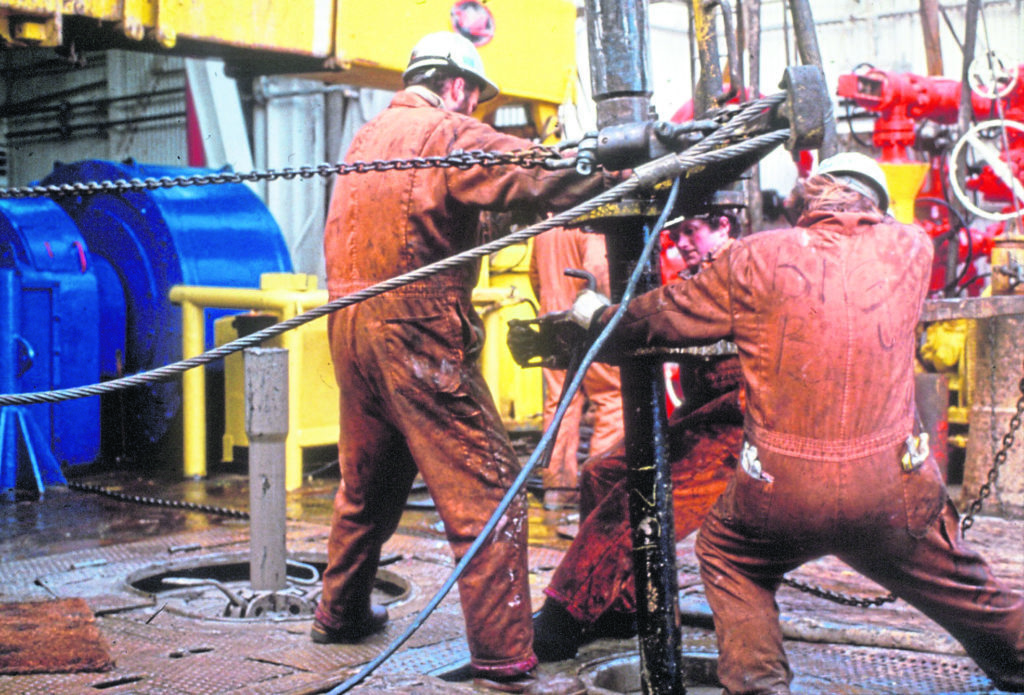
Coach Sir Dave Brailsford is widely credited with turning around the fortunes of Britain’s cyclists using the “marginal gains” philosophy.
Multiple small enhancements, once added up, provide a significant overall improvement.
The UK oil industry benefited from adopting a similar approach during the last downturn and can do so again, an analyst said.
Once the sector went through the initial pain of cutting costs and activities, companies turned their attention to spending money much more wisely, said Yvonne Telford, senior analyst, north-west Europe, at Westwood Global Energy Group.
Firms only loosened their purse strings for activities that were really needed, which often meant focusing on improving uptime and processing efficiency.
At an individual field level, this delivered a relatively small level of additional production.
But when those efforts were multiplied across several hundred fields, the quantitative effect was quite pronounced for the basin as a whole.
Telford described this dynamic as one of the “big positives” stemming from the downturn which struck in 2014.
For now, the North Sea oil and gas sector is still firmly in “reaction mode”, which is characterised by spending cuts, projects being mothballed, and redundancies.
But Telford believes the industry will, in time, remember and return to the “marginal gains philosophy”.
She said: “During the last downturn, rather than drilling a well which perhaps cost $20-30 million, companies looked at intervention.
“This maybe didn’t deliver the same high volumes as a new well, but it cost thousands of dollars, as opposed to a few million and it allowed them to add a few extra barrels.”
Highlighting another reason for optimism, Telford pointed out that the UK Continental Shelf (UKCS) does have a good production base.
North Sea oil and gas production reached a seven-year high in 2018, according to figures published by the Oil and Gas Authority (OGA).
An average of 1.7m barrels of oil equivalent (boe) was produced per day that year, an increase of more than 4% compared to 2017, the regulator said.
Production dipped only slightly in 2019, to 1.69m boe, and the decline rate out to 2022 is relatively small. This assumes, of course, that storage issues don’t lead to shut-ins, which has been raised as a possibility.
Encouragingly, on the costs side, an estimated 90% of UKCS production comes from “hubs” with operating costs of less than $20 per barrel, Telford said.
The UK oil industry has already proven itself to be adept at reducing its discretionary spending and is still benefiting from the work that went into reducing operating costs during the last downturn.
At the same time, the UK is “exposed” to low crude prices and is staring down the barrel of an “incredibly tough year”, Telford warned.
The supply chain delivered significant price reductions – often 30-50% – during the last downturn, but won’t be able to repeat the trick this time around.
Forecasts made previously for project sanctions and exploration drilling in 2020 plainly won’t be realised.
The picture is changing constantly, but this year might not be a complete washout, depending on what the oil price does over the coming weeks.
Westwood expected the OGA to approve 10 projects covering the development of a dozen fields in 2020, but the forecast has since dropped to six fields.
Those include fields which form phase one of Independent Oil and Gas’s core project in the southern North Sea and Repsol Sinopec’s Tain scheme in the outer Moray Firth.
Final investment decisions for high profile projects, such as Cambo (Siccar Point) and Jackdaw (Shell) have slipped into 2021.
As for exploration activity, the positive outlook at the beginning of the year has been turned upside down, Telford said.
Prior to the crisis, Westwood predicted 29 exploration and appraisal wells could be drilled on the UKCS this year, but at least 10 have already been announced postponed, and more delays are likely to come.
Exploration drilling was expected to comprise 17 wells, seven of which were high impact (HI). This has now been reduced to 11 possible wells, of which four are HI wells. Two of the 11 wells have been completed already this year, one of which is the Total-operated Isabella well.
Of the 12 appraisal wells that were planned at the start of the year, seven remain as 2020 drilling candidates. Of these, two are considered probable and the remaining five are possible, but likely to slip into 2021. Only one HI appraisal well was expected in 2020, Glengorm, which is expected to spud later in the year.
The hope is that drilling activity which was deferred because of efforts to reduce offshore crews amid the Covid-19 outbreak will come back into play later this year.
Much depends on the contracts, however. Telford said: “We do know of some cases where a standby rate has been negotiated for companies to maintain the rigs so they’re ready to start work when the Covid-19 restrictions are released.”
In instances where the suspensions were caused by the low oil price, the wells won’t be drilled until 2021 and beyond, depending on the speed of recovery.
Telford also said the UK oil industry has gone “very quiet” in terms of mergers and acquisitions, compared to the start of 2020, when there was “a lot on the market”.
She said lots of companies had been looking to “rationalise” their portfolios, while some private equity firms were gearing up for an exit from their investments.
But Centrica has hit pause on the marketing of its stake in Spirit Energy and Bloomberg reported that Blackstone Group had halted the sale of Siccar Point.
Telford said buyers and sellers would find it difficult to agree on asset valuations due to the current crude price volatility. But she said a “fire-sale” could kick off later in the year whereby struggling companies are forced into sales.
Recommended for you

